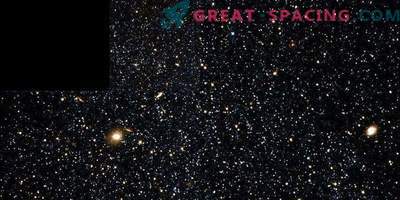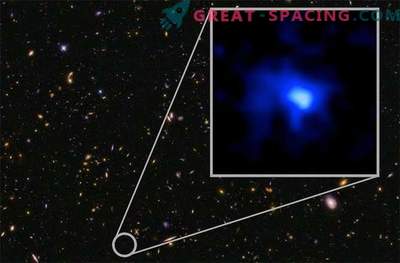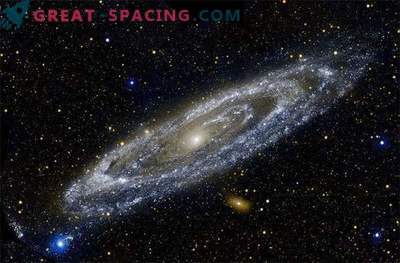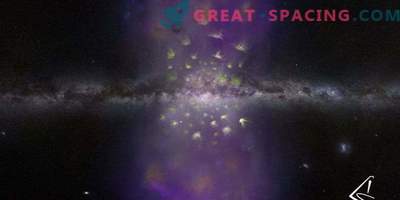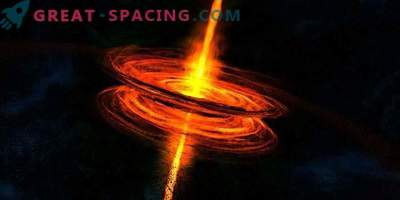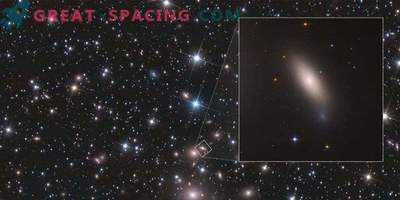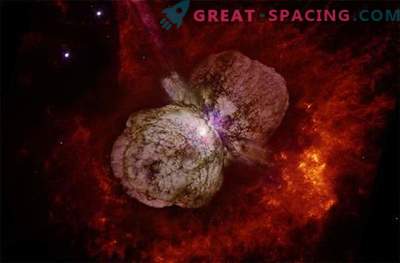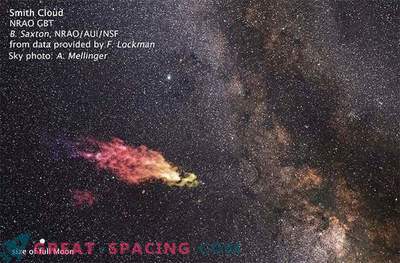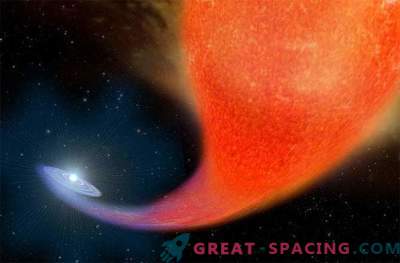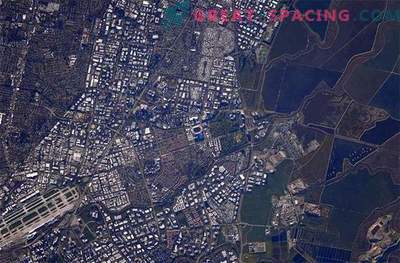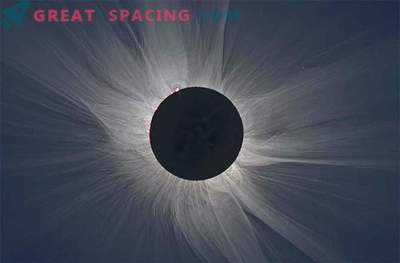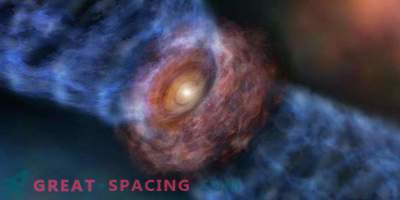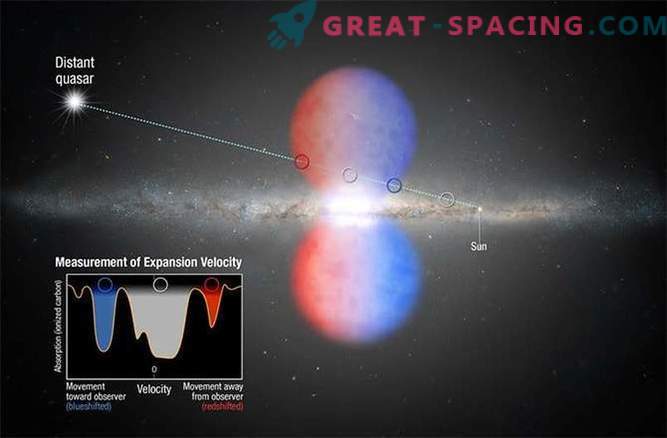
New research will help find out how the two giant gas bubbles formed millions of years ago broke off from the Milky Way galaxy at enormous speed and how they were formed. With the help of the Hubble Space Telescope, scientists were able to fix a speed of about 2 million miles per hour. Giant cloud matter stretched for 30 thousand light years below and above the Milky Way.
“A few million years ago, energetic activity was taking place in the center of the galaxy, and now we are seeing what remains of it,” says Andrew Fox.
He presented new results of scientific observations on the determination of the age of Fermi (as these giant bubbles are called) at the 225 meeting of the astronomical society in Seattle.
For the first time, Fermi was discovered in 2010. Since then, began to study their features. Fox and his team used a spectrograph to study the composition and velocity of gas bubbles and determine the distance to the quasar. A quasar is a source of bright light that is generated by fast-moving particles in a supermassive black hole of a distant galaxy. The light of a quasar is so strong that it eclipses the light of its “parent” galaxy. Scientists measured how ultraviolet light shifted from the quasar PDS 456 and passed through the base of the northern bubble. Due to the bright light of the quasar, a group of scientists determined that the matter on the near side of the northern bubble tends towards the Sun, while the distant matter is compressed in the opposite direction. Matter escaped from the Milky Way at approximately 1000 km per second, or about 2 million miles per hour. Scientists estimate that under these conditions, the event that formed two giant bubbles occurred about 2.5-4 million years ago. Scientists have determined not only the speed, but also found that the composition of the gas was carbon, aluminum and silicon. This combination assumes that the gas is a remnant of the minerals remaining from the formation of stars. This gas reaches 17.5 million degrees Fahrenheit or 9700 degrees Celsius. It is much colder than the outflow of gas, which reaches 18 million degrees Fahrenheit or 10 million degrees Celsius, said Fox.
Other galaxies also have bubbles similar to Fermi, but their characteristics are difficult to study from such a huge distance. Bubbles of the Milky Way provide a great opportunity to study them as they are much closer.
Figuratively speaking, “we are sitting in the first row” and therefore can carefully study all the features of Fermi. We can see how huge they are, and how they cover the sky, Fox says.
PDS 456 is the first 20 quasars whose light passes through Fermi. After examining the entire sample, scientists will be able to get closer to the source of the events that created the Fermi bubbles.
One of the possible reasons is the rapid formation of stars in the center of the galaxy. It was the birth of new stars that could trigger gas. Another explanation for this phenomenon suggests that the appearance of gas was caused by the stars falling in the center of the galaxy. Regardless of the reason, the small age of the bubbles (compared to the age of the galaxy itself - 13.2 billion years), they can repeat the phenomenon that often occurs during the life of the Milky Way.
The Fermi phenomenon is like the hiccups of a galaxy, Fox says in a statement. Perhaps this has already happened before, and we are witnessing the latest outflows of gas. By studying the light of quasars, we can detect fossils from a previous outflow of gas.
Studies will be published in the Astrophysical Journal Letters, and will also be available online.
